Gen. Lucius D. Clay paved the way for the Interstate Highway — here’s the story of the military hero who made America’s rubber meet the road
Master of logistics Gen. Lucius D. Clay supplied America’s army in World War II, then ran the Berlin Airlift, saving the people of West Berlin in the Cold War. President Eisenhower later tapped him to map a plan for the Interstate Highway System.
The United States has led the world in science and innovation for most of its history, and that claim has been backed up by science.
To cite one notable testament of leadership in global science: The U.S. boasts 411 winners of Nobel Prizes in physics and medicine.
The number of Americans among Nobel Prize honorees dwarfs the U.K., which is the No. 2 nation on the list with 137 winners, and is more than the next four nations combined.
FLORIDA'S FORGOTTEN THEME PARK FROM 1938 WELCOMES TOURISTS DESPITE POPULAR COMPETITION
The U.S. has led the world in advances in atomic and nuclear power, space travel and the digital economy.

A cast of a Tyrannosaurus rex head that was found in Montana and excavated by noted dino-hunter Jack Horner (pictured left). A boy (pictured right) is seen exploring a Mercury space capsule at the U.S. Space and Rocket Center in Alabama. (Sarah L. Voisin/The Washington Post via Getty Images; Jeffrey Greenberg/Universal Images Group via Getty Images)
The nation also boasts one of the world's richest repositories of dinosaur fossils.
Here's a look at five family-friendly tourist landmarks to visit as you learn more about American science.
Alabama – U.S. Space & Rocket Center
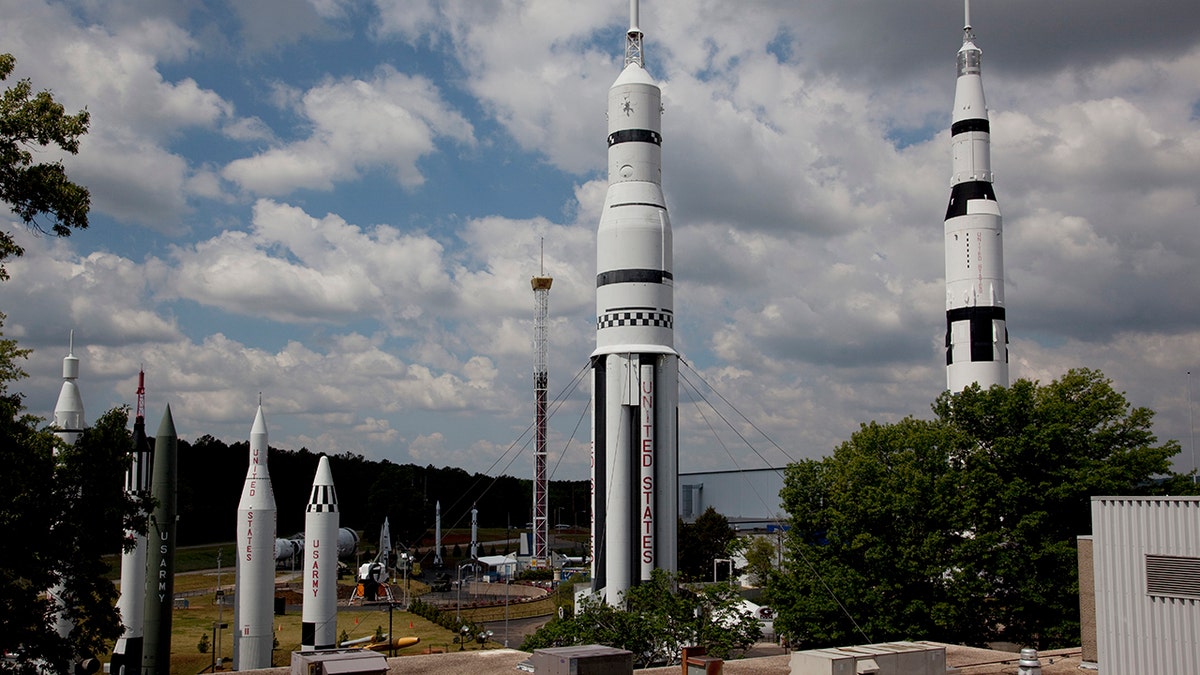
The U.S. Space & Rocket Center, Huntsville, Alabama, 2010. (Photo by Carol M. Highsmith/Buyenlarge/Getty Images)
The family-friendly showcase of American exploratory power boasts perhaps the world’s largest display of rocketry and memorabilia from various NASA programs.
AUTUMN IN NEW ENGLAND: 6 STATES PACK BIG COLOR, MAJOR HISTORY, IN SMALL AREA
Among the highlights at the Huntsville museum: the Apollo 11 virtual reality experience, which puts visitors inside the mission that first put men on the moon; and summertime "astronaut chats" with the nation’s most celebrated space explorers.
Michigan – Henry Ford Museum of American Innovation
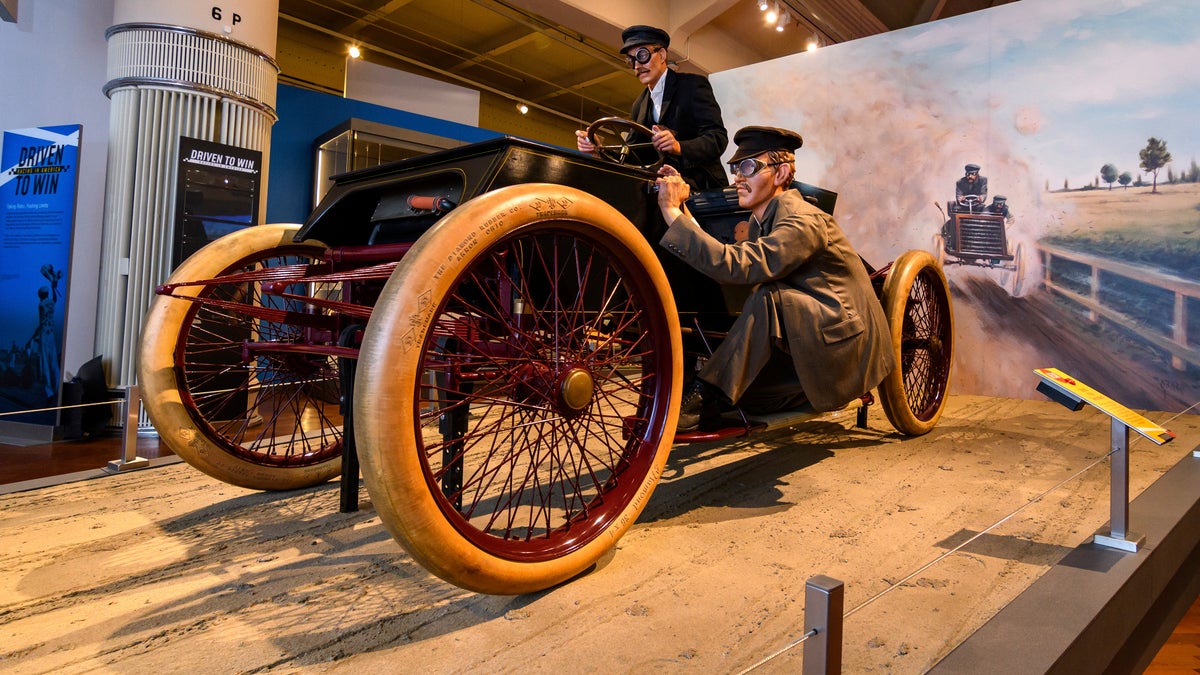
The "Sweepstakes" car, part of the "Driven To Win" exhibit at the Henry Ford Museum in Dearborn, Michigan. (Wes Duenkel/The Henry Ford via AP)
Few did more to shape modern America than Henry Ford. The Museum of American Innovation is a fitting tribute to that impact — highlighted by a heavy dose of our country's national history. The Henry Ford, as it's often known, is a collection of several sites sprawling across 250 acres.
UNDERGROUND WINE CITY IN MOLDOVA OWNS NEARLY 2 MILLION BOTTLES, THE WORLD'S LARGEST COLLECTION
The flagship museum includes jaw-dropping Americana memorabilia, such as the Rosa Parks bus, George Washington's camp bed and the limousine in which President Kennedy was assassinated, among many other exhibits and events.
Montana – Museum of the Rockies
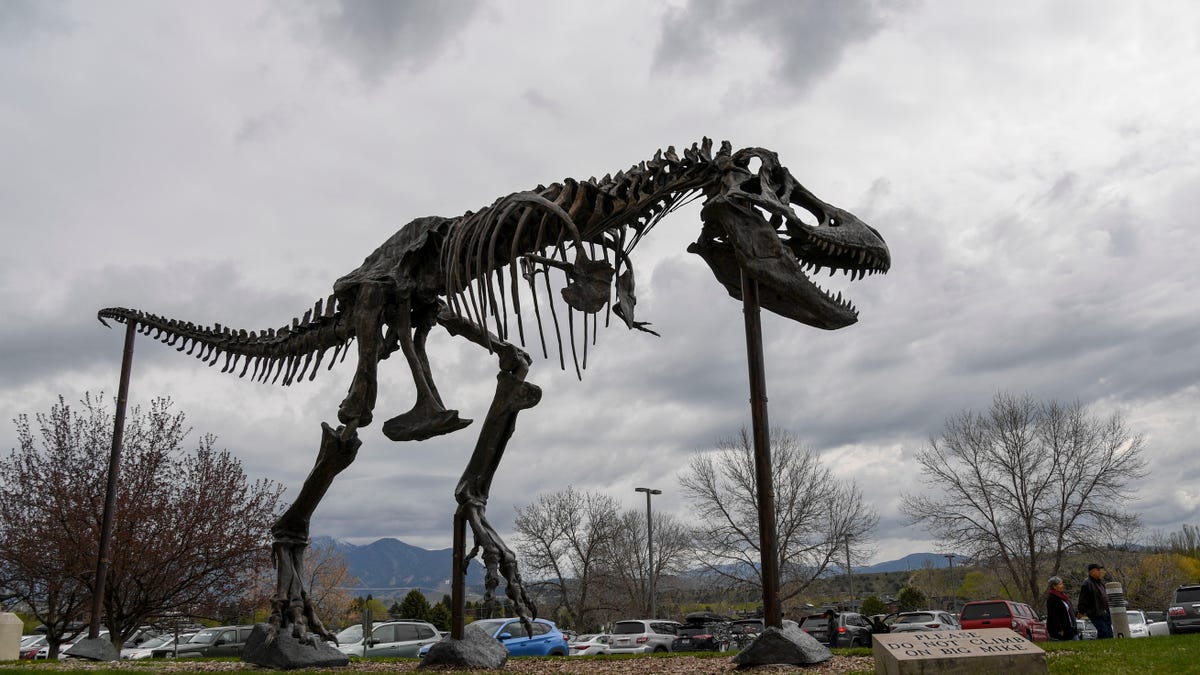
A replica of the 66-million-year-old creature, dubbed the "Nation's T. rex," which was found by ranchers Kathy and Tom Wankel, stands outside the Museum of the Rockies. (Jonathan Newton / The Washington Post via Getty Images)
Long before humans inhabited North America, the land was ruled by dinosaurs, notably the fearsome Tyrannosaurus rex. Skeletons of the giant "king of the lizards" were first found in the American West.
The Museum of the Rockies in Bozeman offers one of the world’s greatest collections of North American dinosaur fossils — not just the T.rex but also the horned Triceratops and a nearly complete skeleton of an Allosaurus, a predecessor of the lizard king.
For more Lifestyle articles, visit www.foxnews.com/lifestyle
The museum also includes exhibits dedicated to native peoples of the area and to the homesteaders who settled Montana in the 19th century.
New Mexico – White Sands National Park
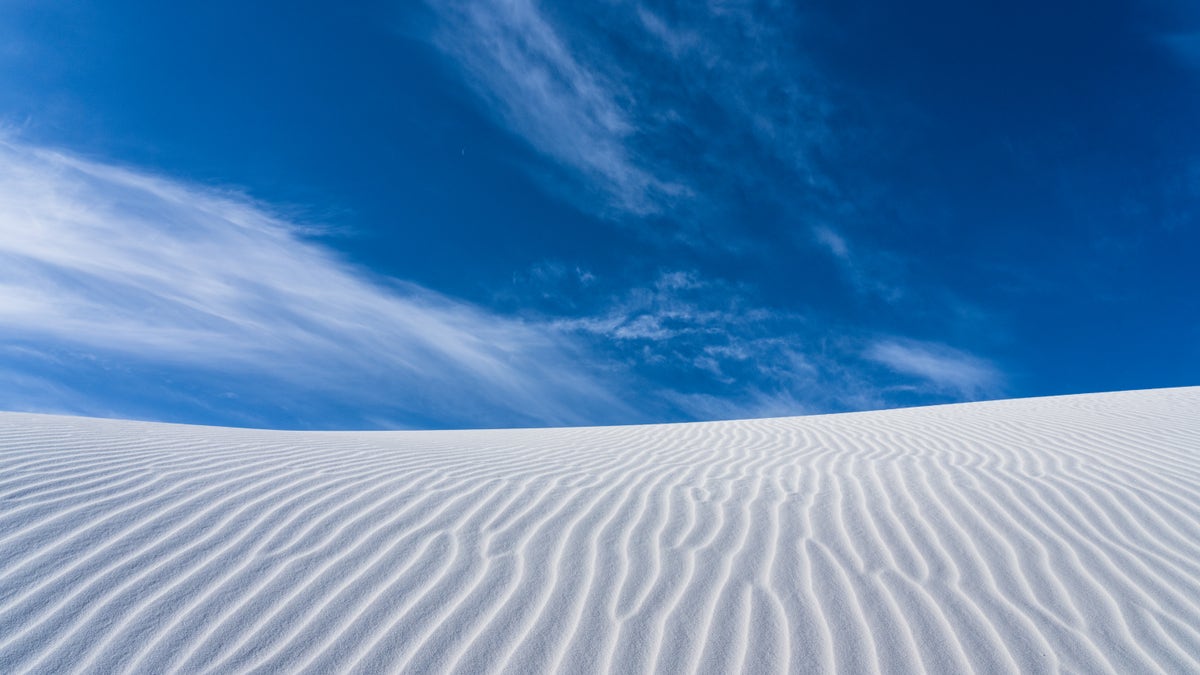
Ripple patterns are captured in White Sands National Park, New Mexico. (Jon G. Fuller/VWPics/Universal Images Group via Getty Images))
This geological oddity is an American wonder for its natural beauty and sobering role in the history of modern warfare.
It was on this site in July 1945 that American scientists, led by J. Robert Oppenheimer, first unleashed the power of the atomic bomb, a victory of American ingenuity and industrial power amid World War II.
CLICK HERE TO SIGN UP FOR OUR LIFESTYLE NEWSLETTER
The achievement also had lingering ramifications for mankind. The Trinity test at White Sands was a prelude to the atomic attacks the following month on Hiroshima and Nagasaki in Japan that ended World War II.
White Sands National Park includes 275 square miles of glistening gypsum sand — the largest dunefield of its kind on Earth — surrounded by the U.S. Army’s White Sands Missile Range.
The park today offers spectacular vistas and touring by automobile, hiking, biking or pack animals. It still closes for missile testing.
Texas – Space Center Houston
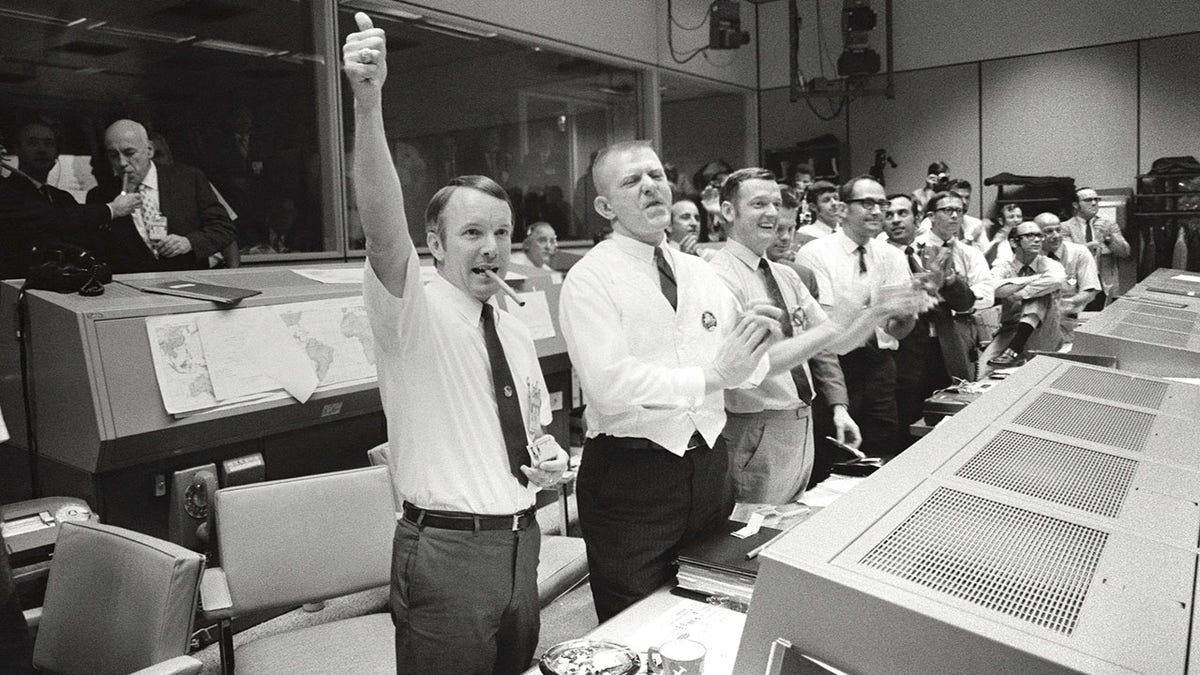
Apollo 13 - NASA, 1970. Mission Control Center, Houston, Texas: Three of the four Apollo 13 flight directors applaud the successful splashdown of the Command Module Odyssey, 17 April 1970. Artist NASA. (Photo by Heritage Space/Heritage Images via Getty Images)
"Houston, we have a problem."
The phrase entered the American lexicon in 1970 when astronauts aboard the Apollo 13 mission reported a potential disaster to flight control at the NASA Johnson Space Center in Houston, Texas.
The more recent addition, Space Center Houston, opened in 1992. It is considered the world’s most prestigious aerospace museum and serves as the visitors’ center to the famed NASA complex. It has a spectacular collection of rocketry and artifacts.
CLICK HERE TO GET THE FOX NEWS APP
Among the treasures: the space capsules flown and returned to Earth by the Mercury 9, Gemini 5 and Apollo 17 missions, the latter of which in 1972 carried astronauts Eugene Cernan and Harrison Schmitt, the last two men to walk on the moon.
The museum also showcases a collection of moon rocks and space suits.

